Historical Places and Temples
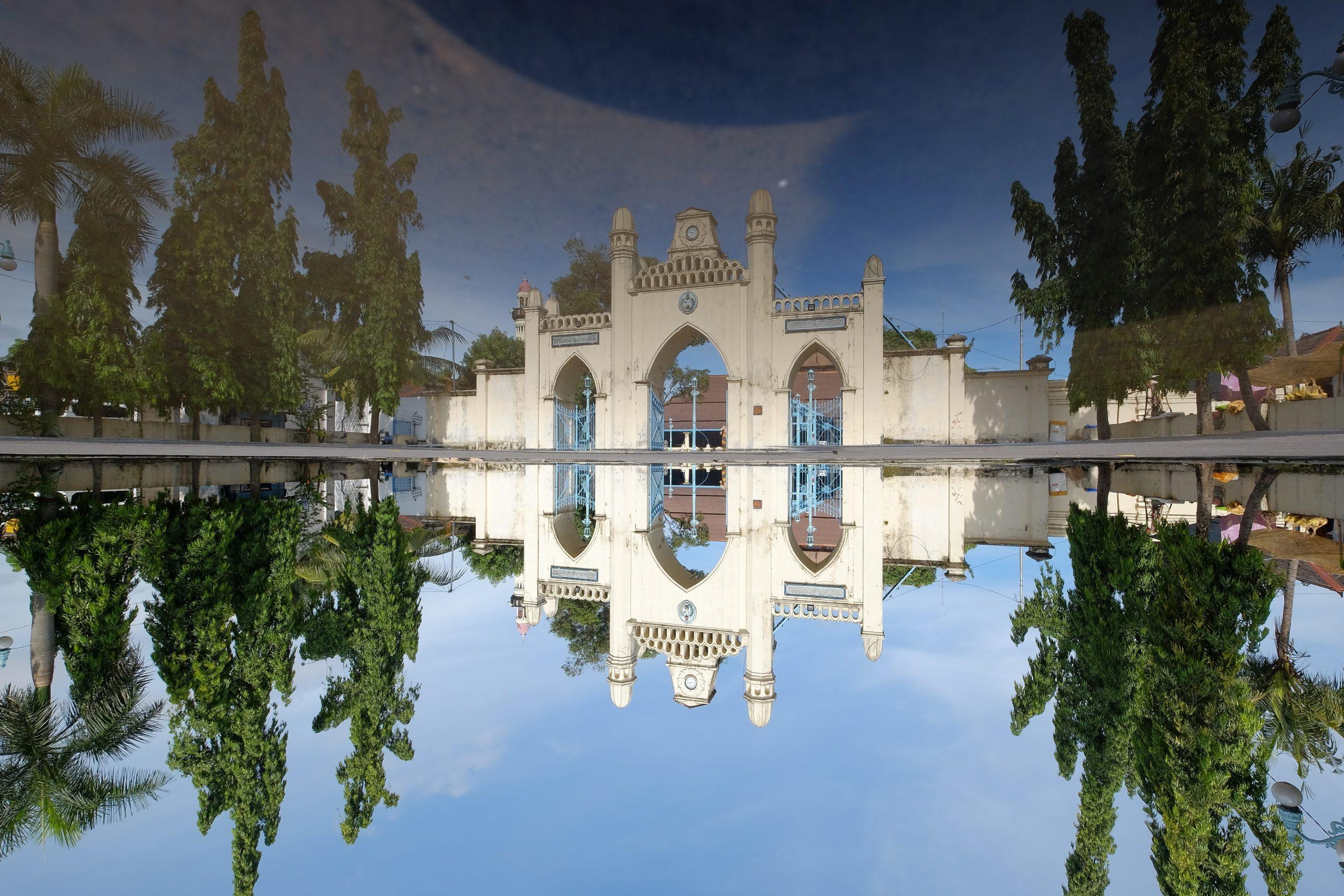
Java, Indonesia, is renowned for its historical places and temples, reflecting the region's rich cultural and religious heritage. These sites are not only architectural marvels but also hold deep significance for the local population and attract tourists and pilgrims from around the world. Here are some historical places and temples in Java, along with explanations of their cultural and historical importance:
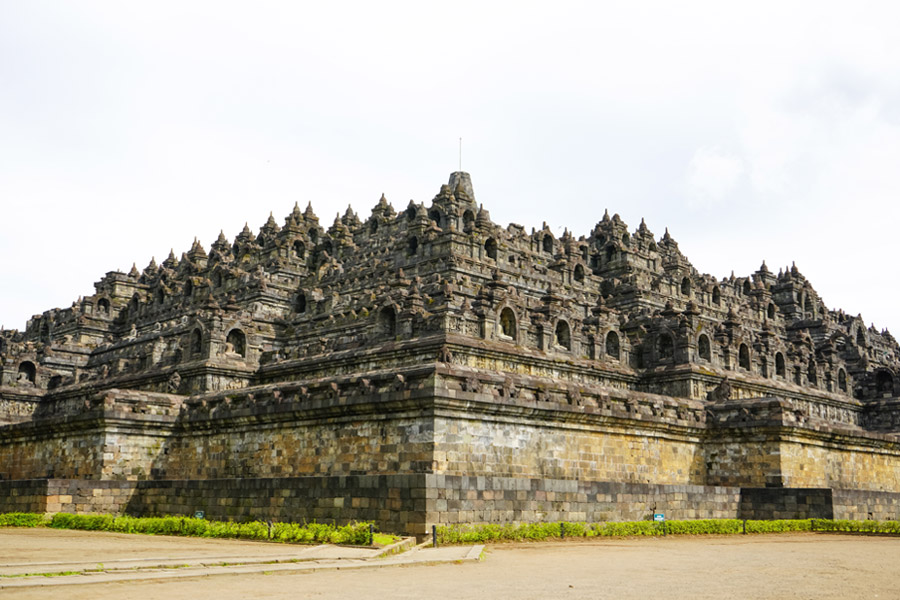
Borobudur Temple
Located near Yogyakarta, Borobudur is one of the most iconic Buddhist temples globally and a UNESCO World Heritage Site. Built in the 9th century, it comprises nine stacked platforms adorned with intricate relief panels and 72 stupas. The temple represents a mandala, symbolizing the Buddhist path to enlightenment. Pilgrims visit to circumnavigate the temple while reflecting on Buddha's teachings.
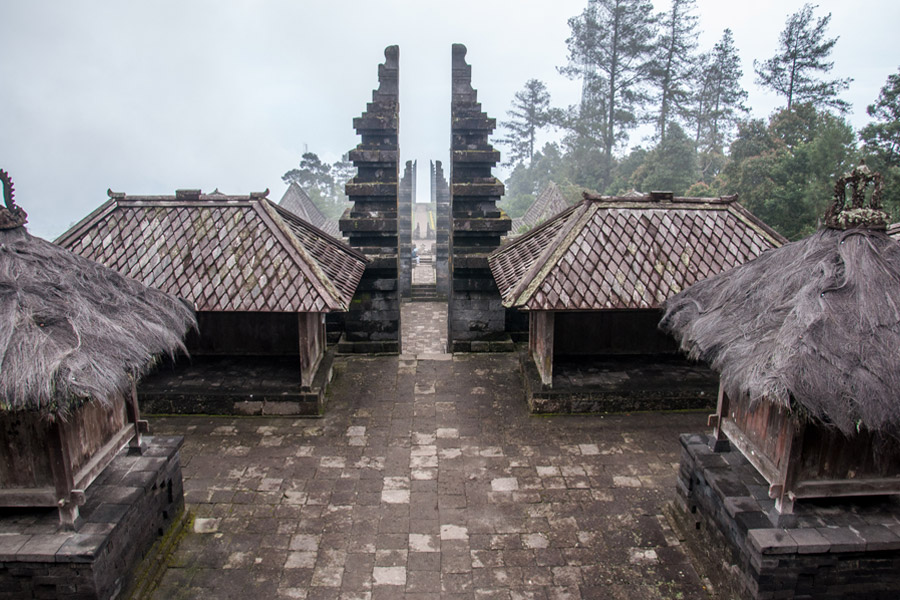
Cetho Temple
Located in the Karanganyar Regency of Central Java, Cetho Temple is a Hindu temple known for its serene and remote setting. It features terraced structures with intricate carvings and statues dedicated to Hindu deities. The temple offers breathtaking views of the surrounding lush landscape.
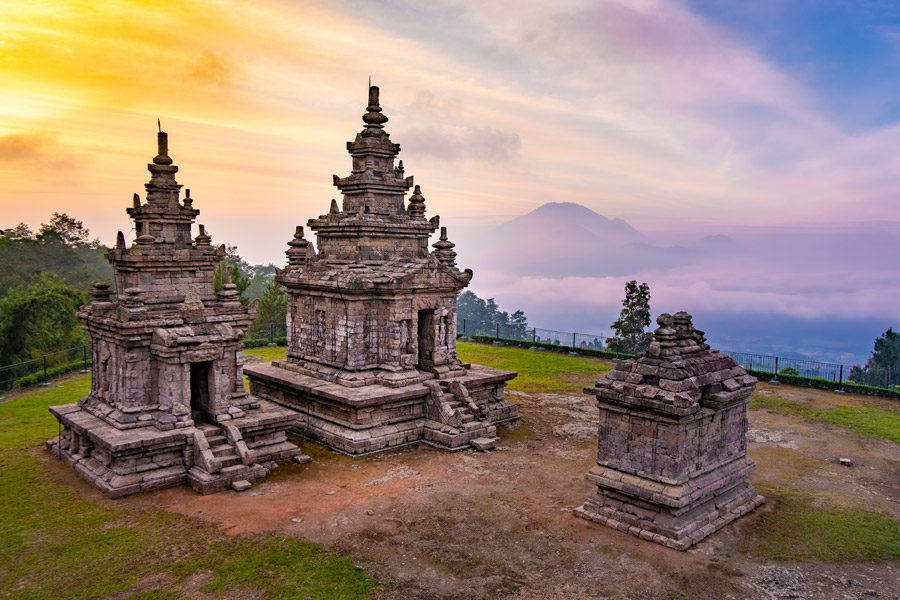
Gedong Songo Temples
Situated near Semarang in Central Java, Gedong Songo is a complex of Hindu temples set against a picturesque mountain backdrop. The temples date back to the 9th century and are dedicated to Shiva. Visitors can hike through beautiful scenery to reach these ancient shrines.
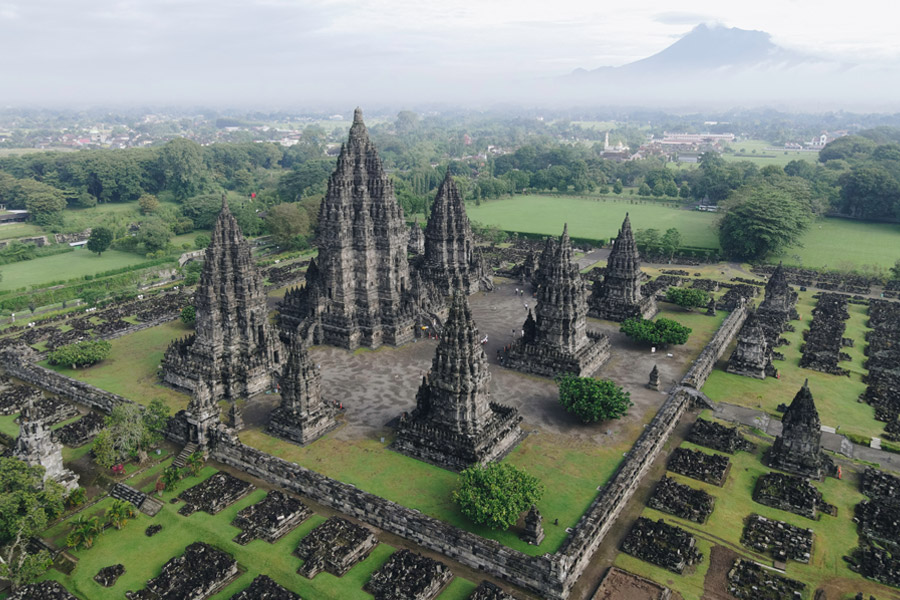
Prambanan Temple Complex
Also near Yogyakarta, the Prambanan temple complex is a masterpiece of Hindu architecture. It consists of several towering temples dedicated to various Hindu deities, with the main ones being dedicated to Shiva, Vishnu, and Brahma. Prambanan is celebrated for its exquisite reliefs and vibrant festivals, such as the annual Ramayana Ballet.

Sangiran Early Man Site
Located near Solo (Surakarta), the Sangiran Early Man Site is an archaeological treasure trove. It has yielded numerous fossils and artifacts, providing valuable insights into human evolution in Southeast Asia. The site is also a UNESCO World Heritage Site.
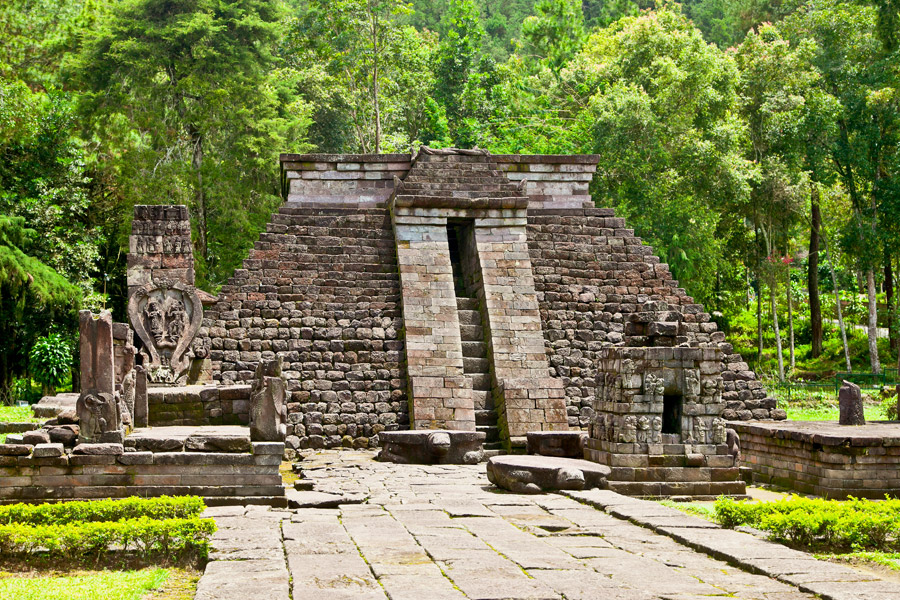
Sukuh Temple
This enigmatic temple, situated in Central Java, is known for its unconventional and explicit carvings, which depict elements of Javanese spirituality and ancient Javanese beliefs. The temple's stepped pyramid structure adds to its mystique.
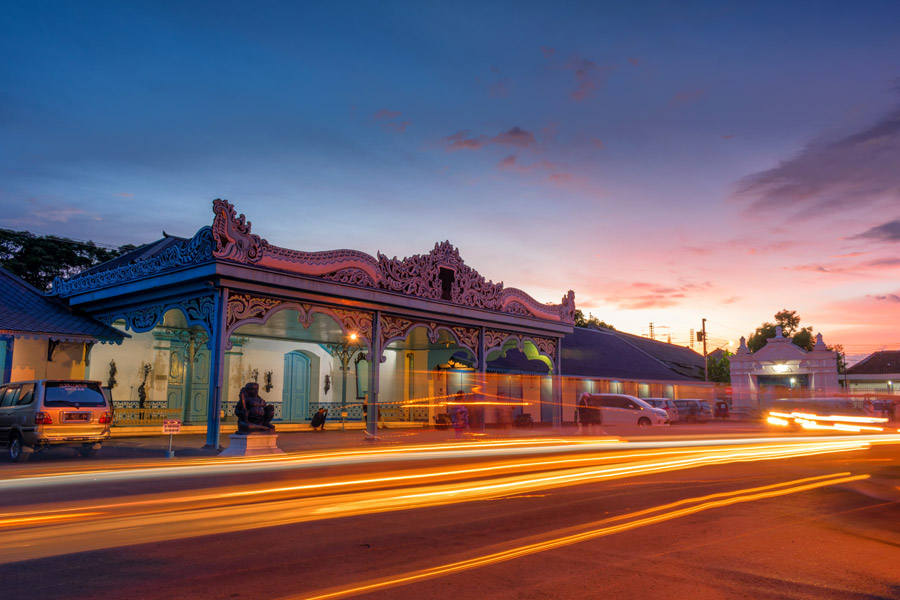
Sultan's Palace (Kraton)
In Yogyakarta, the Kraton is the official residence of the Sultan of Yogyakarta. It is a symbol of Javanese culture and serves as the center of traditional Javanese arts and culture. Visitors can explore the palace grounds, which include museums, traditional Javanese architecture, and cultural performances.
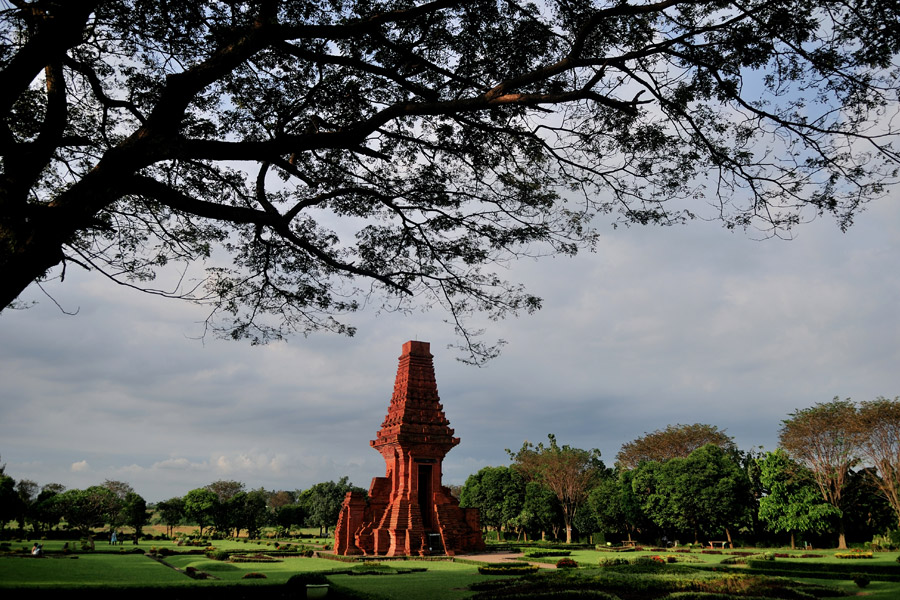
Trowulan Archaeological Site
Trowulan, in East Java, is believed to be the site of the ancient Majapahit Empire's capital. Visitors can explore ruins, temples, and archaeological artifacts, providing insights into the grandeur of the Majapahit civilization, which dominated Southeast Asia in the 14th century.